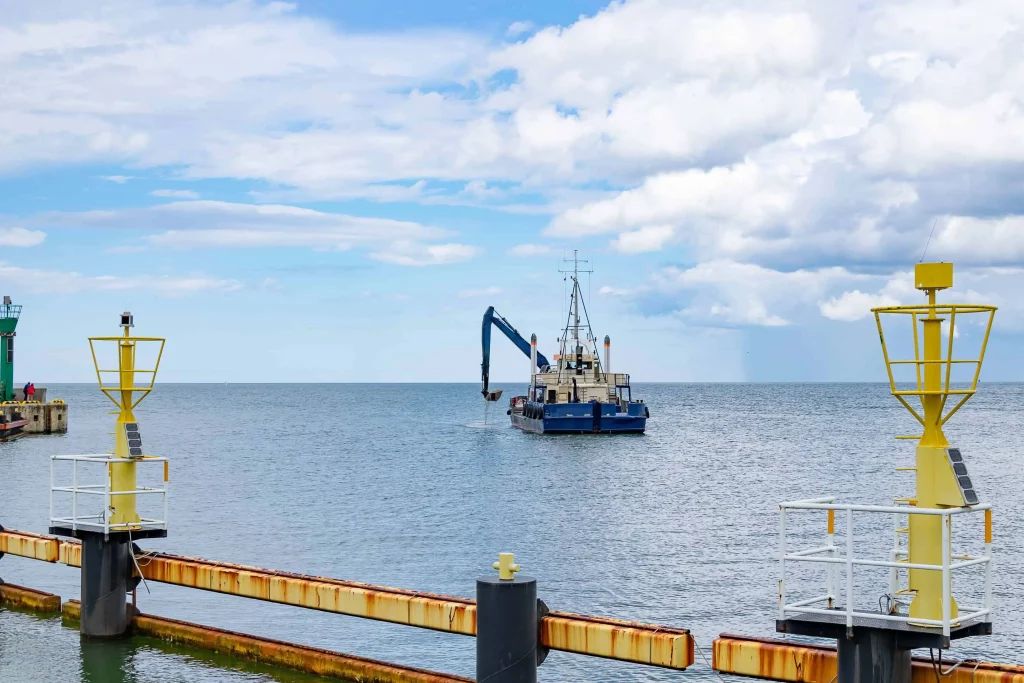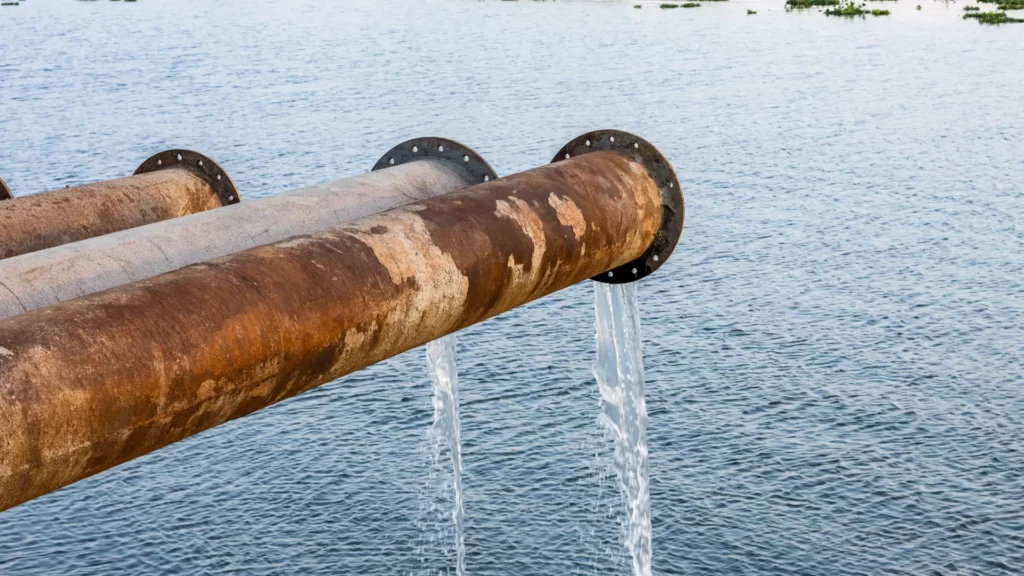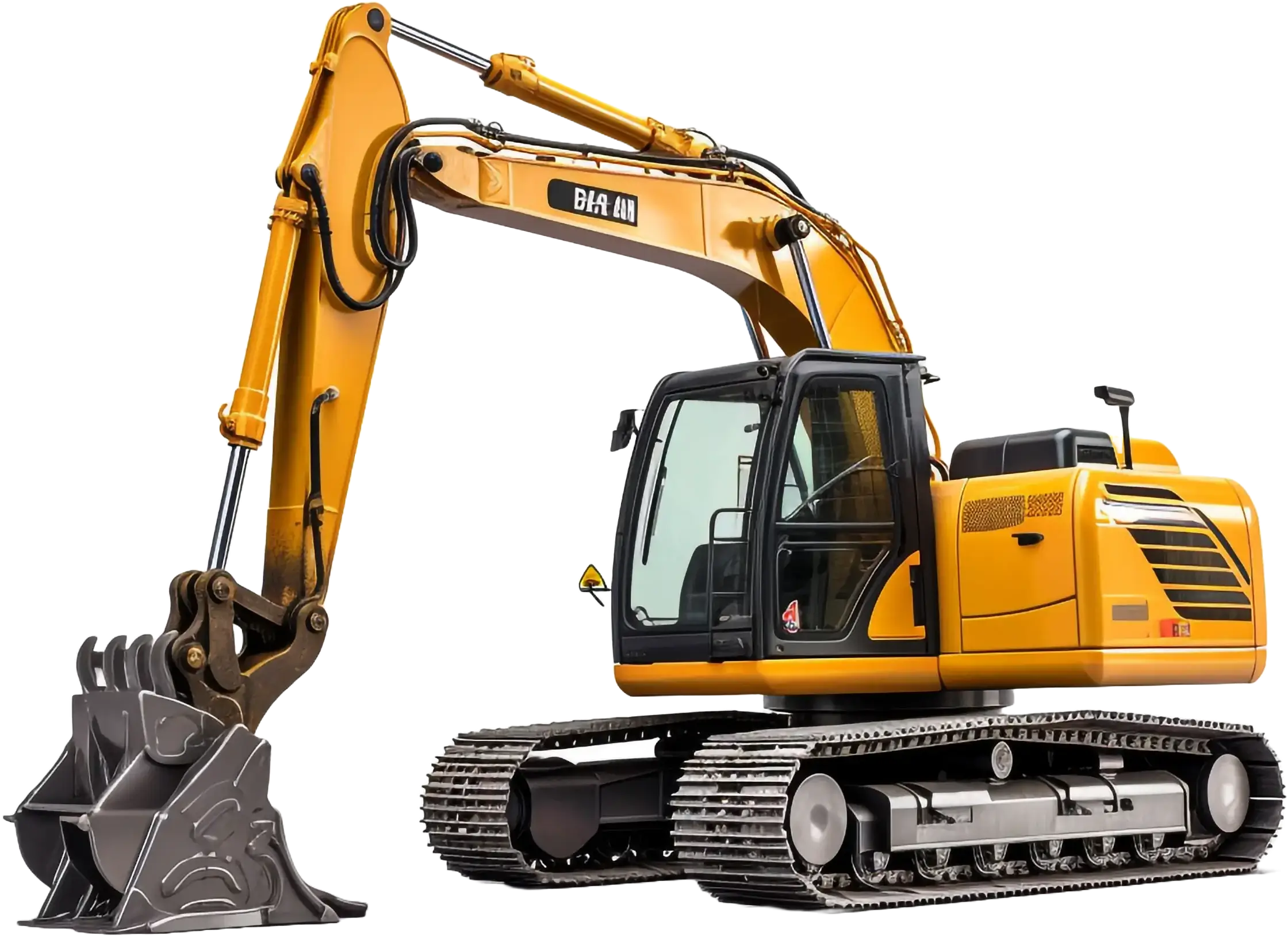Dredging is a critical process in marine and industrial activities. It involves removing sediments and debris from the bottom of bodies of water like rivers, lakes, harbors, and oceans. Dredging is significant because it can maintain navigable waterways, support coastal development, and prevent flooding. Without the use of proper dredging techniques, sediment buildup could block water channels, impede trade, and disrupt ecosystems.
This article will cover the fundamentals of dredging techniques, including how they work, why they’re important, and the environmental and industrial considerations involved in modern dredging projects.
1. What is Dredging?
Dredging refers to the process of excavating and removing material from the bottom of water bodies to maintain or increase water depth. It dates back to ancient civilizations when waterways were first cleared to support trade routes and transport. In modern times, dredging techniques have evolved into highly specialized operations essential for various industries, including shipping, environmental restoration, and construction.
Dredging is commonly used to keep rivers, harbors, and ports functional, especially in areas where sediment buildup can obstruct vessel movement. It is also employed for other purposes, such as beach nourishment, flood control, and restoring wetlands and habitats. The effectiveness of these projects depends on the types of dredging employed, as different dredging techniques are suited for specific conditions and goals.
2. How Dredging Works: The Process
The dredging process involves three main steps: excavation, transportation, and disposal. First, sediment or debris is excavated from the waterbed using specialized equipment. This material is then transported, usually through pipelines or on dredging vessels, to a designated disposal or reclamation site.
Types of Dredging Techniques and Methods:
- Mechanical Dredging: This method involves physically scooping material from the waterbed using bucket dredgers, backhoes, or clamshell dredgers. It is often used in smaller or more confined areas, such as harbors or rivers. Mechanical dredgers work like large shovels, lifting sediment and debris directly from the bottom and placing it into barges for removal.
- Hydraulic Dredging: Hydraulic dredging is more efficient for larger-scale projects, as it uses pumps to transport sediment through pipelines. Cutter suction dredgers (CSDs) and trailing suction hopper dredgers (TSHDs) are common types of dredging methods used in hydraulic dredging. CSDs use a rotating cutter head to loosen sediment before suctioning it into a pipeline. At the same time, TSHDs drag suction pipes along the waterbed to collect loose sediment into a hopper on board.
The transportation of dredged material is a vital part of the process. Pipelines supported by floating pipeline systems ensure the material is moved from the dredging site to a disposal or reclamation area without damaging the environment. This is especially important for projects that require precise sediment relocation, such as land reclamation or habitat restoration.
3. Understanding Dredging Importance
Dredging plays a crucial role in maintaining economic, environmental, and industrial activities, making it indispensable for both coastal and inland waterway management.
Economic Importance:
- Maintaining Navigable Waterways: Dredging ensures that shipping lanes, ports, and harbors remain open to vessels of all sizes. Sediment buildup can drastically reduce water depth, making it difficult for cargo ships, fishing vessels, and recreational boats to pass through.
- Port and Harbor Deepening: As global shipping has evolved to accommodate larger vessels, many ports require deepening to remain competitive. Dredging allows ports to cater to modern ships, supporting international trade and economic growth.
- Coastal Infrastructure Development: In coastal regions, dredging is essential for building and maintaining infrastructure such as marinas, jetties, and bridges. These projects rely heavily on the effective application of dredging techniques.
Environmental Importance:
- Erosion Control and Beach Nourishment: Dredging moves sediment to eroding coastlines, replenishing beaches and protecting coastal communities from storm surges and flooding.
- Wetland Restoration and Habitat Preservation: Dredging helps restore wetlands by removing invasive sediments and redistributing material to rebuild natural habitats for wildlife.
- Flood Risk Mitigation: By clearing rivers and drainage systems of excess sediment, dredging reduces the risk of flooding in urban and rural areas, underscoring the dredging importance for environmental protection.
Industrial Importance:
- Mining and Resource Extraction: Dredging is widely used in industries such as mining, where sediments rich in minerals or other valuable resources are extracted from riverbeds or seafloors.
- Sediment Removal for Construction Projects: In construction, dredging ensures that water bodies are clear of debris and sediment, creating a stable foundation for infrastructure projects like dams, bridges, and piers. Specialized dredging techniques play a pivotal role in ensuring project success.
4. Environmental Considerations and Challenges in Dredging
While dredging is vital for many industries and environmental protection efforts, highlighting the importance of dredging also presents several challenges. Various types of dredging operations can disturb marine habitats, resuspend contaminants, and reduce water quality by increasing turbidity, all of which pose risks to aquatic ecosystems.
Potential Environmental Impacts:
- Habitat Disturbance: Dredging can disrupt the natural habitats of aquatic organisms, including fish, coral reefs, and seagrass beds. When sediment is removed, the waterbed’s structure and the habitats it supports may be altered.
- Water Quality Issues: Increased turbidity (cloudiness) in the water can reduce sunlight penetration, impacting photosynthesis in aquatic plants and smothering bottom-dwelling organisms.
Sustainable Dredging Techniques:
To minimize these environmental impacts, modern dredging operations often employ sustainable practices, such as:
- Eco-Friendly Dredging Techniques: Using more precise dredging techniques, such as GPS-guided dredging, ensures that only targeted areas are disturbed, reducing unnecessary environmental disruption.
- Real-Time Monitoring: Continuous monitoring of water quality, turbidity, and marine life during dredging operations helps prevent and mitigate environmental damage.
- Sustainable Disposal: The safe disposal of dredged materials is critical. Some projects reuse the sediment for land reclamation or habitat restoration, reducing the need for new materials.
Environmental regulations play an essential role in ensuring that dredging techniques are conducted responsibly. Agencies typically require environmental assessments before, during, and after dredging operations to monitor their ecological impact.
5. Future Trends and Innovations in Types of Dredging
The dredging industry is continually evolving, with new technologies and innovations helping to improve the efficiency and environmental sustainability of dredging techniques.
Autonomous Dredgers and AI Integration: The development of autonomous dredging vessels and AI-driven monitoring systems has significantly enhanced precision, reducing environmental harm while increasing operational efficiency. These systems allow for real-time adjustments to minimize disruption to marine ecosystems, highlighting their importance in dredging.
Renewable Energy-Powered Dredgers: Another promising trend is the integration of renewable energy sources, such as solar or electric-powered dredgers. These innovations help reduce the carbon footprint of dredging operations, making them more sustainable and eco-friendly.
Biodegradable Materials in Dredging: Sustainable materials, such as biodegradable pipeline components and eco-friendly floating pipelines, are becoming increasingly popular. These innovations reduce the environmental impact of dredging operations, particularly in sensitive ecosystems.
Conclusion
Dredging is a fundamental process for maintaining waterways, supporting global economies, and protecting the environment. While dredging can pose environmental risks, the adoption of sustainable practices and cutting-edge dredging techniques has made these operations more efficient and eco-friendly. As the world faces growing challenges such as climate change and rising sea levels, the role of dredging techniques in coastal and waterway management will only become more critical. By understanding the different types of dredging and their applications, we can better appreciate the dredging importance and the ways it continues to evolve to meet the needs of a changing world.






